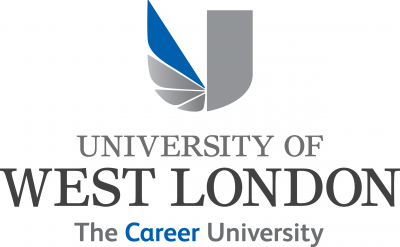1st February, 2023
Transitioning Beyond Academia
Dr Gemma Outen
29th May, 2016
Steve Legg - IBM University Programs Manager
“ The undiscovered country from whose bourn
No traveller returns, puzzles the will
And makes us rather bear those ills we have
Than fly to others that we know not of?”
(Hamlet, Act III, Scene I)
Many of us are creatures of habit and will be quite content to stay in the tramlines that we wore early in our education or in our careers. Doing otherwise is usually more effort and perhaps more of a challenge to our individual sense of status within our field. I suspect this to be true from both sides of the STEM / STEAM debate, though I can only really comment from the STEM perspective.
It seems to some of us engineers that the vast domains of human imagination and endeavour that are the creative and performing arts are in some way foreign to us – an undiscovered country. Although we might engage with the outputs of these arts for our entertainment and cultural enrichment, the processes, structures and jargon of the arts are as obscure to an outsider as those of any other domain.
Are these territories really so different? Can we map the various stages, from research through development to prototyping, manufacturing and utility, from engineering onto equivalent phases in the arts? Should we even try to?
There are clearly parallels, whether it is the sculptural nature of scientific discovery, chipping away at the rock which is hiding the beauty of a discovery, or the choreography of engineering, bringing all of the parts together at the right time to create a harmonious whole. There are also tools common to both domains: heuristics, such as Occam’s razor, which guide us through the complex territory of problem and solution, or the principle of passing on knowledge and craft through apprenticeship.
We must also consider the economic substructures of our disciplines: how are our efforts monetised, and how is consumable value exchanged for the fruits of physical and intellectual labour? In engineering, an economic shift from patronage to utility – from the funding of powerful donors to a mercantilist economy in which widgets could be sold based on price and quality – generated new funding for future projects, and expanded society’s absorptive capacity for the products of technological change.
Just as important, perhaps, is the development of a taxonomic framework on which the whole discipline agrees. Consensus on what to call things and how to classify them lays the foundations of both standards and standardisation, without which engineering would be sunk: standards allow us to discern between the acceptable and the non-acceptable; standardization allows engineered products, their consumers, and engineers themselves to work together, and enables interoperability, mechanization and the increasing automation of production and maintenance tasks.
We can see how this progression to automation has happened in the relatively young field of information technology. The roots of IT as we know it can be found in many places, but one of them is the work of Herman Hollerith, who invented the punched card and founded the Tabulating Machine Company in 1896. This technology automated the collation and sorting of data printed on punchcards. Hollerith’s company was one of four companies consolidated together in 1911 as the Computing-Tabulating-Recording Company, which thirteen years later was renamed the International Business Machines Corp – or, more snappily, IBM. For the next couple of decades, information technology was the technology of collation and sorting, until calculation itself started to be automated – the earliest practical automated calculating being that done by Konrad Zuse’s ‘Z2’ electromechanical computer in 1939. In the decades that followed, electromechanical methods of automated calculation were superseded by electronic ones. Now, in the present day, we are beginning to develop the technologies with which to automate pattern recognition and simple reasoning – building blocks of what we think of as cognition itself. In this we are using IT as a co-processor for the brains of people, amplifying their abilities.
We know what bankers and insurance companies do with IT capability. We know why physicists and genomics researchers want high performance computing. But what about dancers, artists, philosophers or ethnographers? What is the progression for the tools and taxonomies in their domains, and what might result from applying the huge co-processor that is IT to the brains working in these fields?
Given that the focus of many of the non-STEM disciplines is to explore the very things that make us human – more than just meat-based cognitive machines, creatures of habit and simple wants – perhaps it is time some of us travelled a little further out of our comfort zones.
Steve Legg – IBM University Programs Manager
You've been waiting for it and our May newsletter is here! -> bit.ly/3M9ICG6 pic.twitter.com/Iug9eWimQQ





